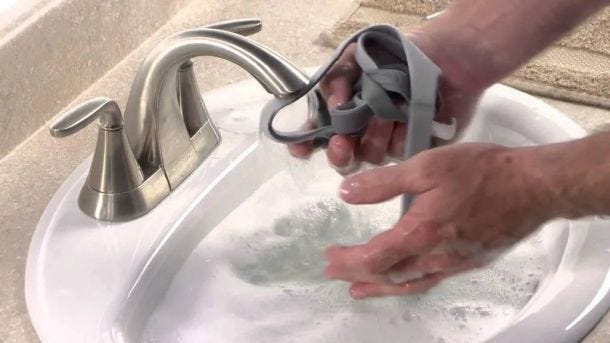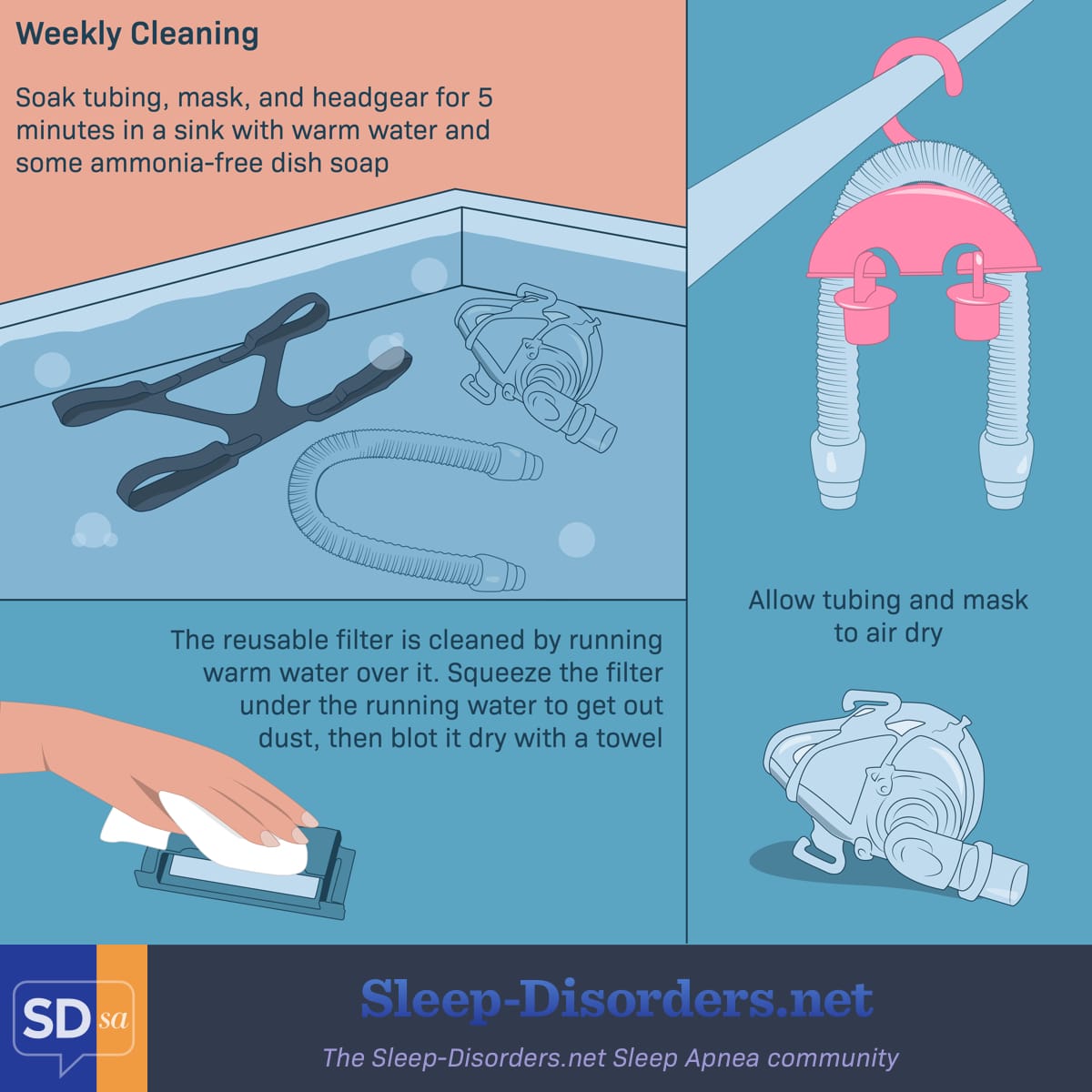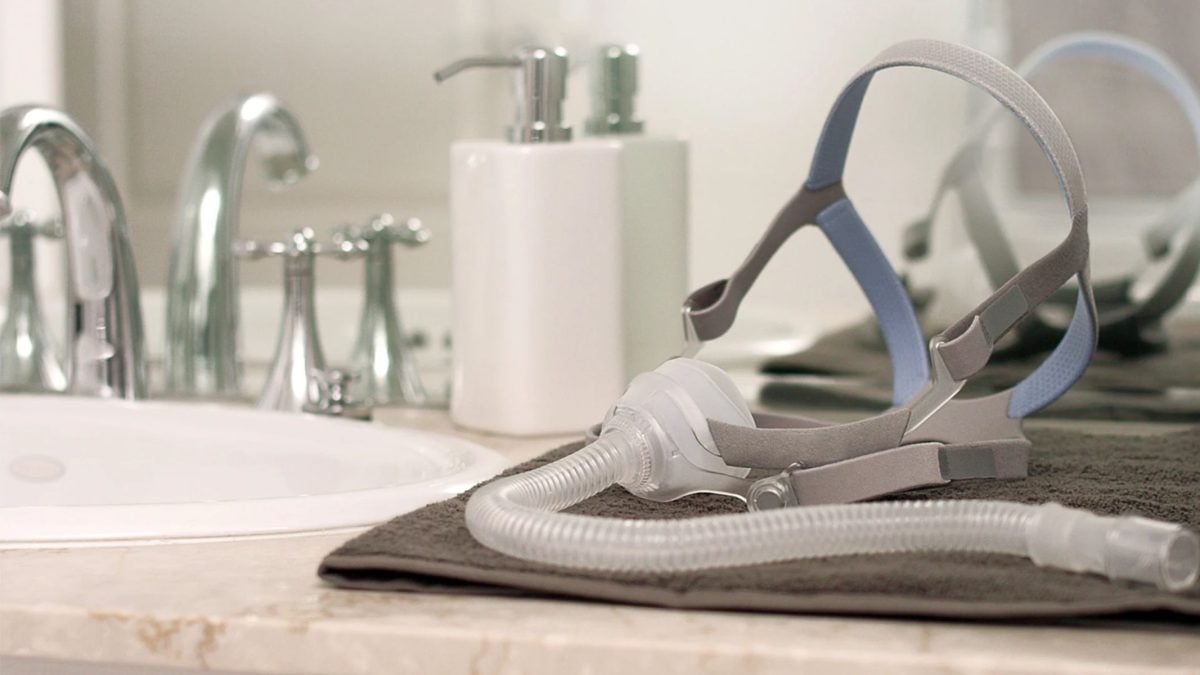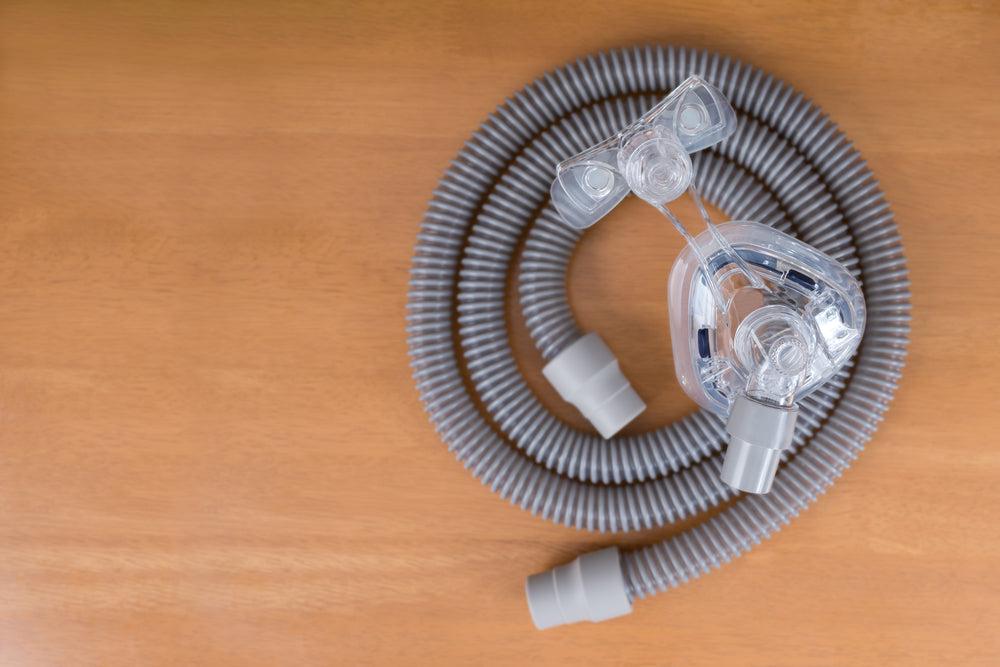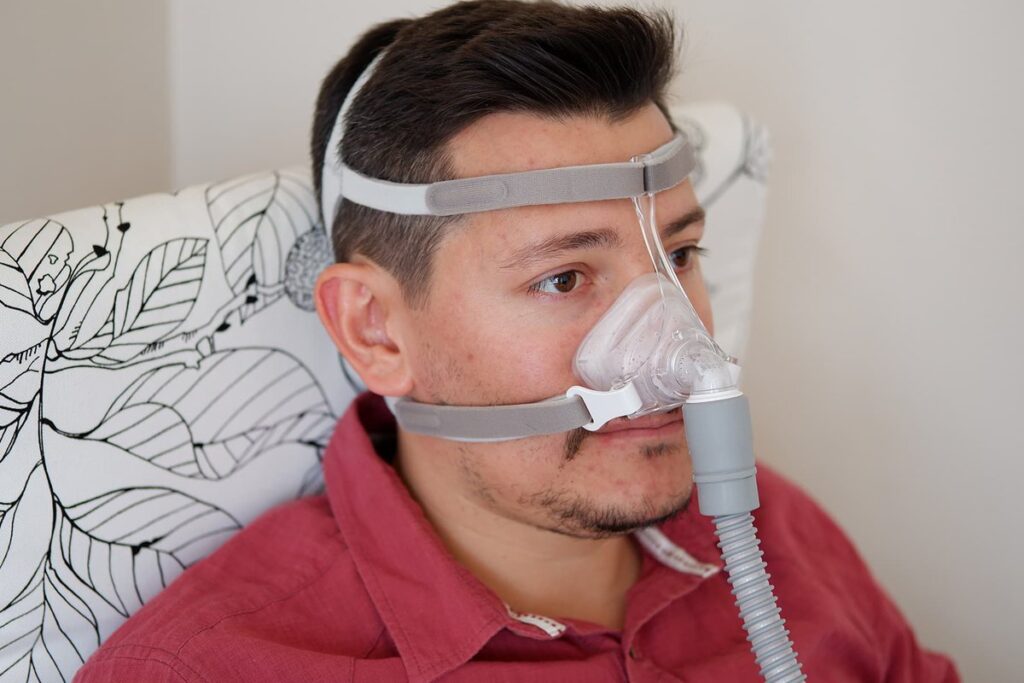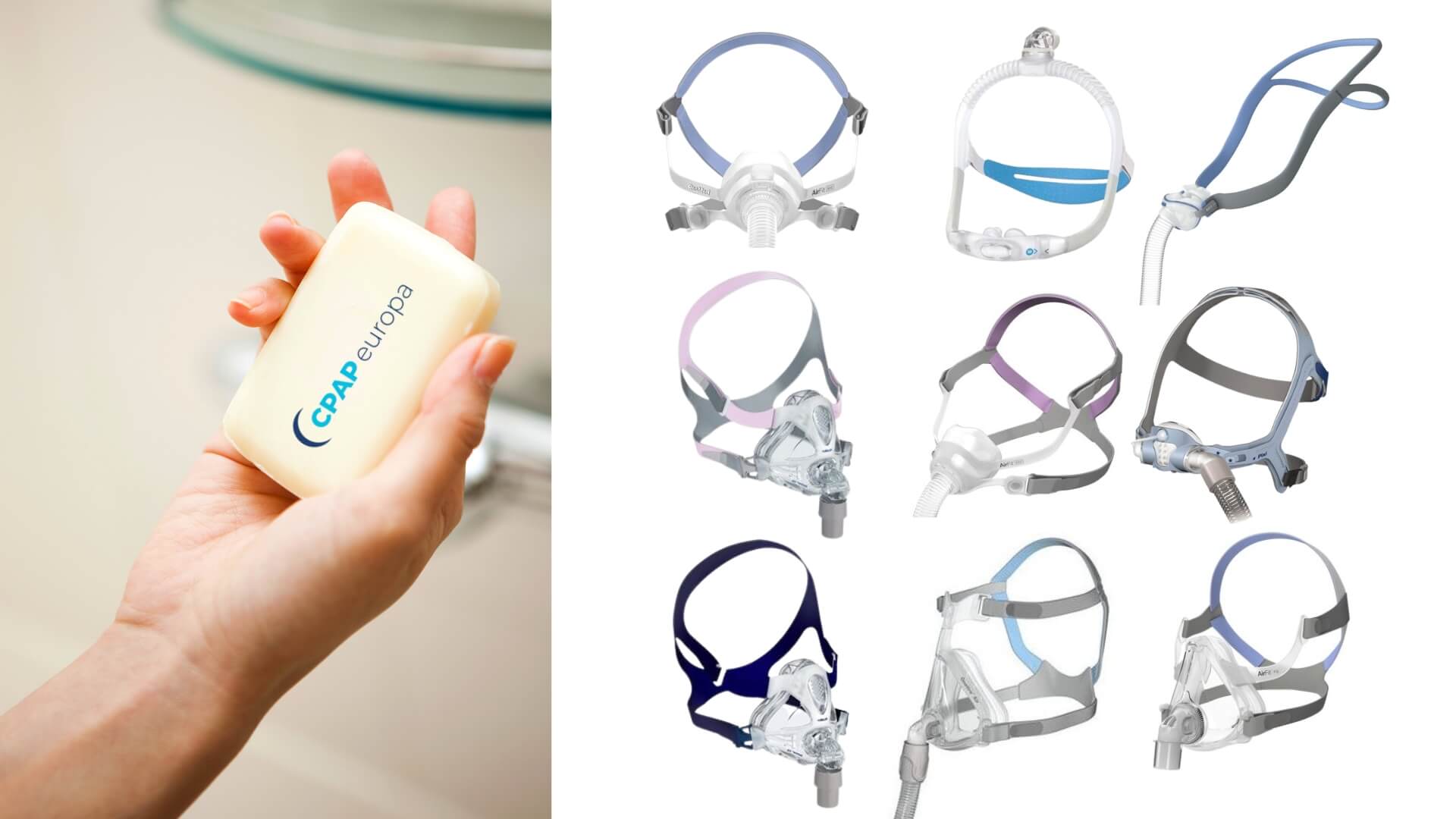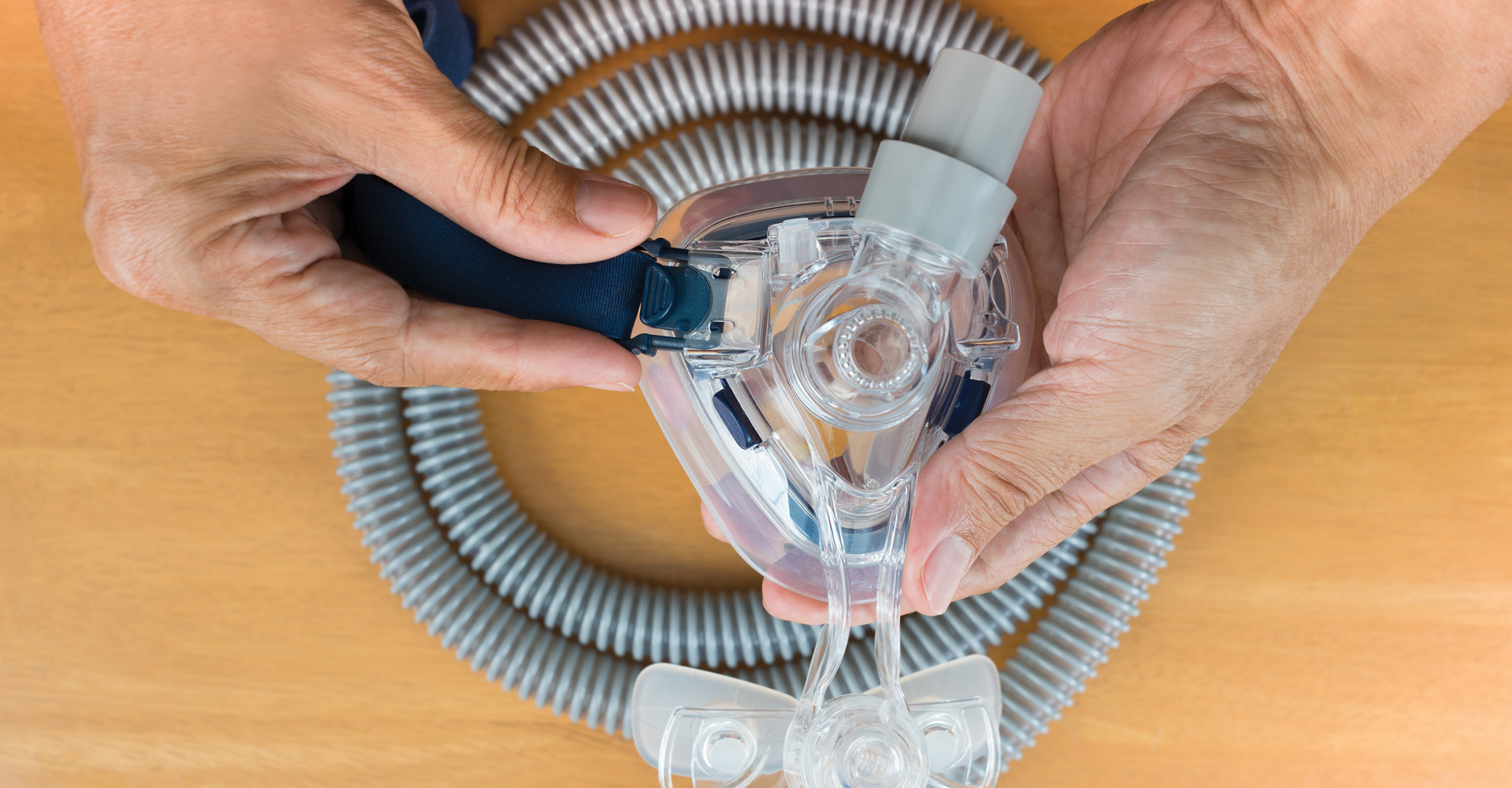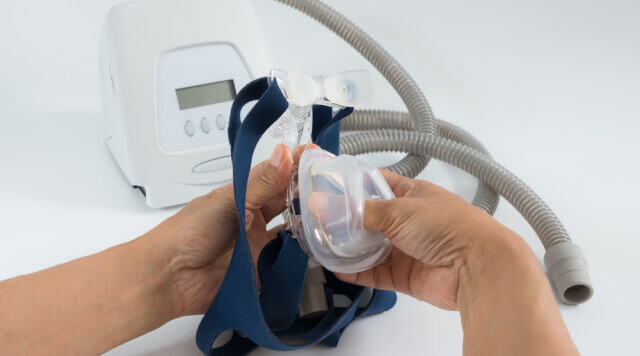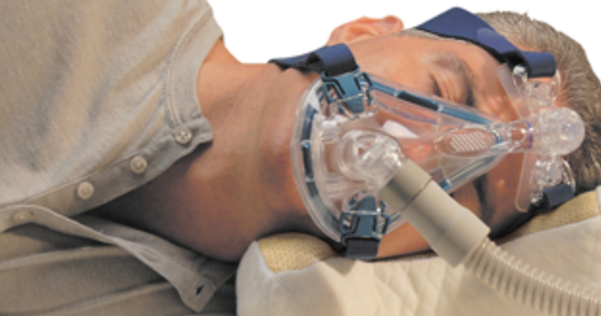How To Clean Cpap Mask And Hose

For millions who rely on Continuous Positive Airway Pressure (CPAP) therapy to manage sleep apnea, the equipment – mask and hose – is a lifeline. However, neglecting the cleanliness of these vital components can transform this therapeutic tool into a breeding ground for bacteria, mold, and viruses, potentially jeopardizing respiratory health and overall well-being.
This article provides a comprehensive guide to cleaning your CPAP mask and hose, ensuring optimal hygiene and maximizing the effectiveness of your sleep apnea treatment. It details the recommended cleaning practices, the importance of regular maintenance, and the potential health risks associated with neglecting this essential aspect of CPAP therapy.
Why Cleanliness Matters
A CPAP mask and hose, constantly exposed to warm, moist air, create an ideal environment for microbial growth. According to the American Academy of Sleep Medicine (AASM), uncleaned equipment can harbor harmful pathogens, increasing the risk of respiratory infections, sinus issues, and allergic reactions.
Beyond health risks, a dirty mask can lead to skin irritation, discomfort, and mask leaks, compromising the effectiveness of the therapy. Residue buildup can also degrade the materials, shortening the lifespan of the equipment.
The Daily Cleaning Routine
Daily cleaning is crucial for maintaining hygiene. Disconnect the mask and hose from the CPAP machine each morning.
Wash the mask and hose with warm water and a mild, fragrance-free soap. Avoid using harsh chemicals, bleach, or alcohol-based cleaners, as these can damage the materials.
Rinse the mask and hose thoroughly to remove all traces of soap. Allow them to air dry completely in a clean, well-ventilated area, away from direct sunlight or heat.
The Weekly Deep Clean
In addition to daily cleaning, a more thorough cleaning should be performed weekly. This involves disassembling the mask completely, separating cushions, headgear, and frame.
Wash each component individually with warm soapy water, paying close attention to crevices and hard-to-reach areas. Some users prefer to soak the components in a soapy water solution for a few minutes to loosen any buildup.
Rinse thoroughly and allow all parts to air dry completely before reassembling. The hose should also be cleaned weekly, either by hand or using a specialized CPAP hose cleaning brush.
Disinfecting Your Equipment
While daily and weekly cleaning removes most contaminants, disinfecting the equipment periodically can provide an extra layer of protection. The Centers for Disease Control and Prevention (CDC) recommends using a diluted bleach solution (1 part bleach to 10 parts water) to disinfect medical equipment.
However, always consult your CPAP manufacturer's instructions before using bleach, as it can damage certain materials. An alternative is to use commercially available CPAP cleaning wipes or solutions specifically designed for disinfection.
After disinfecting, rinse thoroughly with sterile water and allow to air dry completely.
CPAP Cleaning Machines: Are They Worth It?
CPAP cleaning machines, which use ozone or ultraviolet (UV) light to disinfect equipment, have gained popularity. These devices claim to sanitize masks and hoses quickly and effectively.
However, concerns have been raised about the safety and efficacy of ozone-based cleaners. The Food and Drug Administration (FDA) issued a safety communication warning against the use of ozone cleaners for CPAP equipment, citing potential health risks associated with ozone exposure.
UV-based cleaners are generally considered safer, but their effectiveness depends on the specific device and the duration of exposure. It is crucial to research and choose a reputable brand with proven efficacy, and always follow the manufacturer's instructions carefully. As stated by Dr. Emily Carter, a leading pulmonologist, "While cleaning machines offer convenience, manual cleaning remains a highly effective and safe option, provided it is done diligently."
Recognizing Signs of Contamination
It is essential to regularly inspect your CPAP mask and hose for signs of contamination. Look for discoloration, mold growth, unpleasant odors, or residue buildup.
If you notice any of these signs, clean the equipment thoroughly. If the contamination persists, replace the affected components immediately. According to ResMed, a leading CPAP manufacturer, replacing your mask every three to six months and your hose every three months is recommended for optimal hygiene.
Pay attention to any changes in your health, such as increased respiratory infections or allergies. These could be signs of CPAP equipment contamination.
Best Practices for CPAP Hygiene
Always wash your hands before handling your CPAP equipment. This helps prevent the transfer of germs from your hands to the mask and hose.
Use distilled water in your CPAP humidifier. Tap water contains minerals and impurities that can promote microbial growth.
Regularly clean or replace your CPAP humidifier chamber according to the manufacturer's instructions. Consider using a disposable humidifier chamber for added convenience and hygiene.
The Long-Term Impact of Proper Cleaning
Consistent and thorough cleaning of your CPAP mask and hose is not just about hygiene; it's an investment in your long-term health and well-being. By preventing the growth of harmful microbes, you can minimize the risk of respiratory infections and allergies, ensuring that your CPAP therapy remains effective.
Furthermore, proper cleaning extends the lifespan of your equipment, saving you money in the long run. A clean mask and hose provide a more comfortable and effective seal, improving the quality of your sleep and overall quality of life.
Neglecting CPAP equipment hygiene can lead to serious health consequences and compromise the effectiveness of your therapy. By following the recommended cleaning practices, you can ensure that your CPAP therapy remains a safe and beneficial treatment for sleep apnea. Remember, your health is worth the effort.
